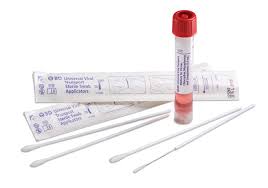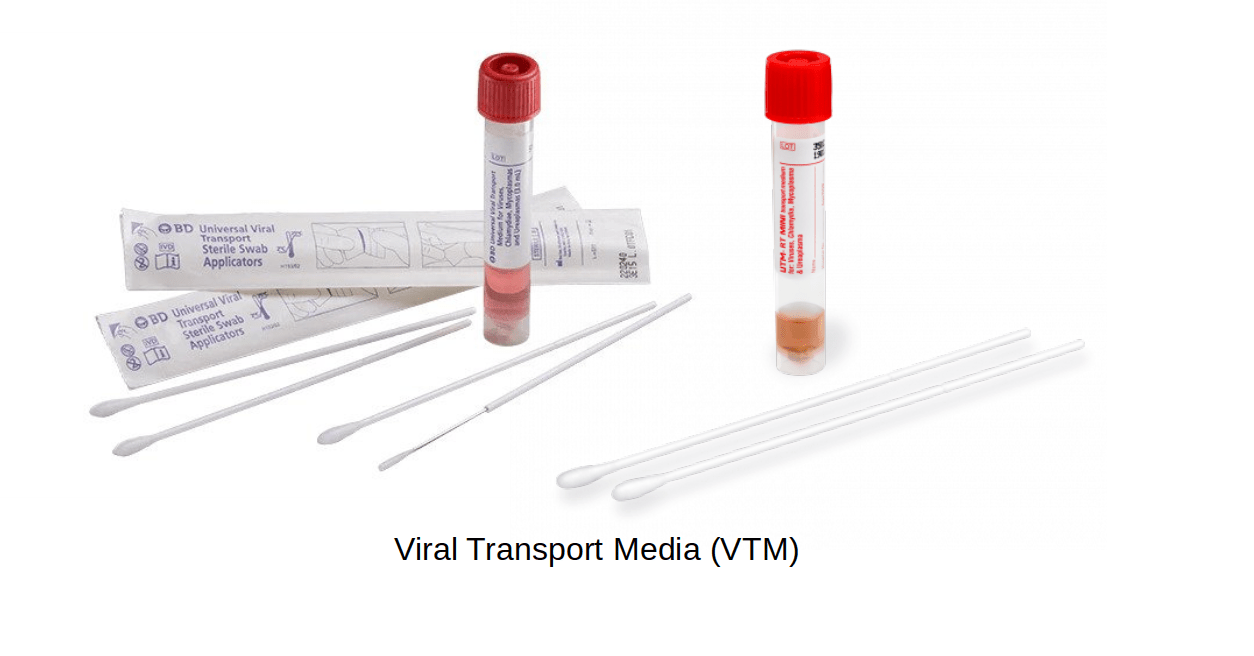C-19 : Viral Transport Medium (VTM) for diagnosis

A viral transport medium (VTM) is a nutritive substance used to transport and maintain the viability of samples (viruses) to a laboratory for identification and further sample processing.
Virus transport media are especially important as they are more labile than other infectious agents.
The probability of successful isolation is increased when the time interval between collection and inoculation of the culture is shorter and when the sample contains as many virus particles as possible.
In order to maximize the amount of virus in the sample, sample collection should be done early in the patient's illness.
Successful and reliable virus isolation can be achieved when a suitable transport medium is used.
The isolation count also increases when viral samples are sent to a local laboratory or reference laboratory.

Viral Transport Media (VTM) Principle
Viral agents vary widely in composition, stability, structure, morphology, and size. Loosely enveloped viruses obtained from human samples are generally more labile than dense non-enveloped viruses.
Because they are labile to environmental conditions, the viability of these viruses must be protected by using different solutions.
Some enveloped viruses, such as herpes simplex viruses (HSV), are surprisingly stable in the unfrozen state when placed in a suitable holding environment. However, most viruses require a cooler temperature.
Virus infectivity decreases with time and, in general, the rate of decomposition is a function of temperature, so stability improves with cooling.
Thus, viral transport media are prepared with the idea of providing the appropriate conditions of temperature, pH and nutrients.
The constituents of an appropriate viral transport medium are selected to create an isotonic solution containing proteins to protect the viral structure, antibiotics to control microbial contamination, and one or more buffers to control pH.
Viral transport media are prepared with the idea of maintaining the viability of the viral culture or specimens for tests such as the nucleic acid amplification test (NAAT) and avoiding desiccation of the sample.